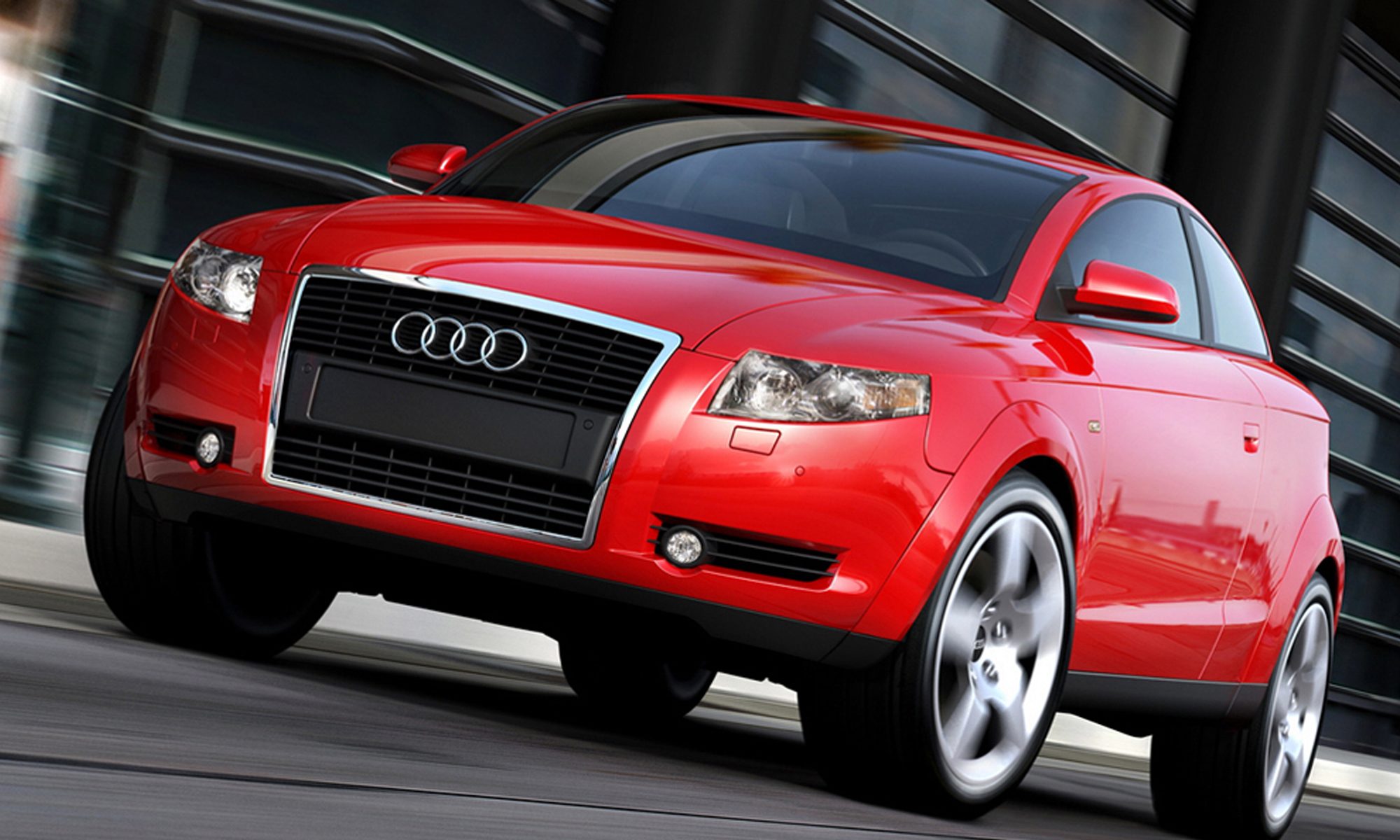Wrapping up our visit to the 2018 NAIAS in Detroit we will take a quick look at new products from Hyundai, Kia and SubaruThe quirky Veloster from Hyundai has been freshened for 2018, with an evolved style that is a little more mainstream and a little more “grown up”. In general we quite liked the new version, although the gaping mouth grille is rather too large for the car as a whole in our opinion. The asymmetrical three-door format has been retained, but somehow the freshness of the original has been lost along the way.
Kia introduced a new version of its compact Forte sedan. It is larger than its predecessor and consolidates Kia’s position in this part of the market. The side view is rather generic, although the small 6th window adds an upscale feel. The front, however, is quite aggressive for the segment and reinforces a sporty theme for the brand that was signaled by the introduction of the Stinger. The large, black lower front air intake flanked by the combination fog light and brake duct make quite a statement for this segment. At the rear, the black deck lid spoiler, the diffuser and the triangular reverse light/air exhausters continue the sporty emphasis. The aluminum pedals and large left footrest continue the theme on the inside.
Kia also displayed two customized versions of the Stinger. We particularly liked a blue car modified by West Coat Customs.
Last, but not least, Subaru introduced the Ascent SUV, a vehicle that was shown last year as a concept. The Ascent is the largest vehicle ever offered by Subaru. Although it is rather generic in terms of styling and has a “Ford-like” grille, we are sure that Subaru’s avid customer base will welcome its addition to the range. Remember, Subaru sells almost twice as many vehicles as VW in the US market.











































































Vous devez être connecté pour poster un commentaire.